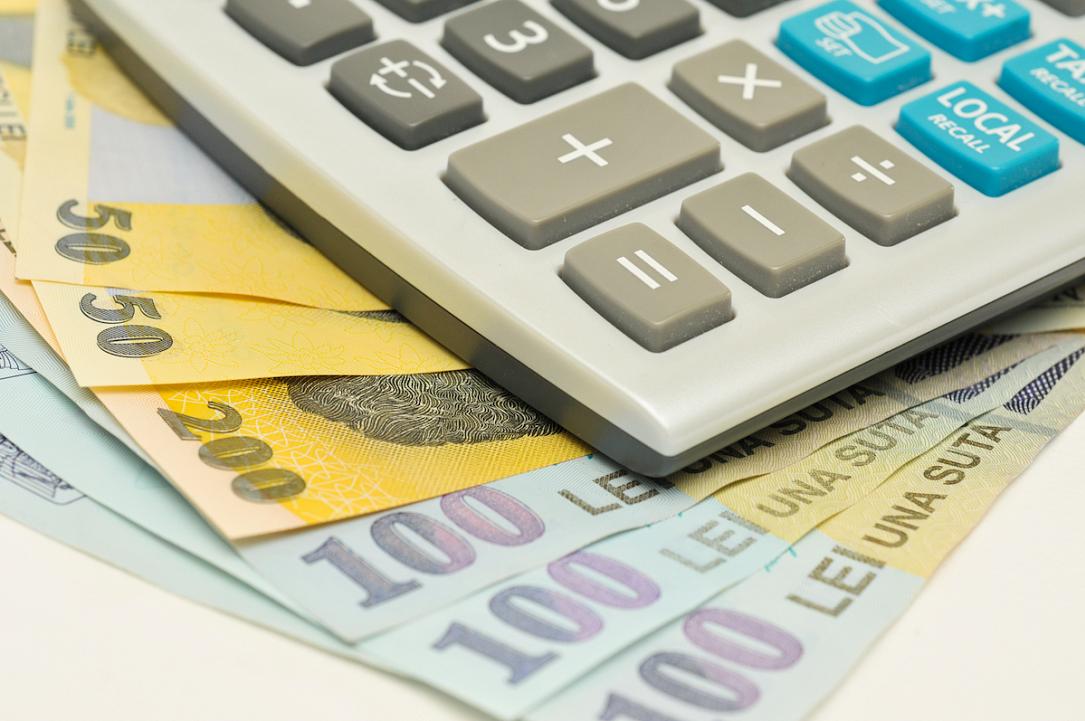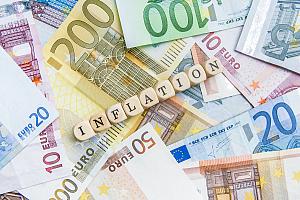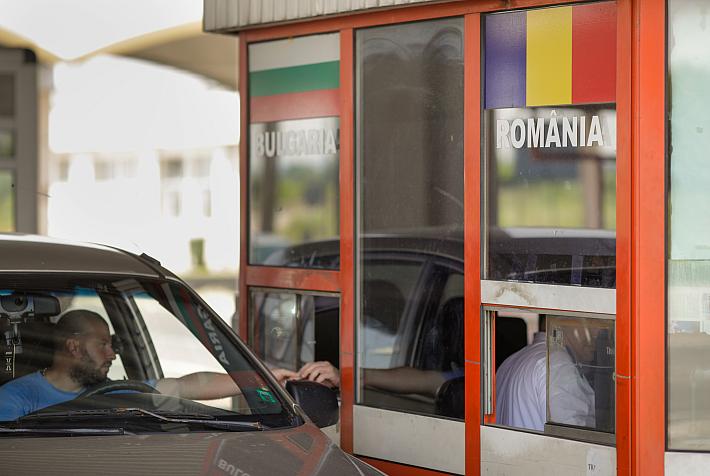Romania’s CA deficit eases slightly to 8.3% of GDP at end-June

Romania’s current account (CA) deficit increased nominally by 12% y/y to EUR 24.5 billion in the 12-month period to end-June, according to data released by the National Bank of Romania (BNR). But the CA gap-to-GDP ratio eased to 8.3% from 8.8% one year earlier.
Fiscal consolidation is critical for further improvement in the country’s external balance deficit, which is still likely to narrow on base effects (costly imports in H2 last year).
In H1 this year (short-term trends), Romania’s CA gap narrowed to EUR 9.8 billion from EUR 12.0 billion in the same period last year. The net imports of goods contracted on lower commodity prices and subdued economic activity – which was the main driver for the external balance – while the export of services increased.
Speaking of the 12-month period to June, the trade deficit (goods and services) remained constant in absolute terms (EUR 16.5 billion) and contracted from 6.5% to 5.5% of GDP.
The net export of services increased by one-third (+34% y/y to EUR 14.4 billion), offsetting the increase in the net import of goods (+13% y/y to EUR 30.9 billion, 10.4% of GDP) that still reflect the costly imports of commodities particularly in H2 lats year.
What contributed to the nominal increase (deterioration) in Romania’s CA deficit is the outflow of revenues (dividends) resulting from FDI: +22% y/y in the 12-month period to June. The EUR 2.32 billion increase in this category of outflows nearly explains the entire EUR 2.56 billion overall increase in the 12-month CA gap.
iulian@romania-insider.com
(Photo source: Alexandru Marinescu/Dreamstime.com)













